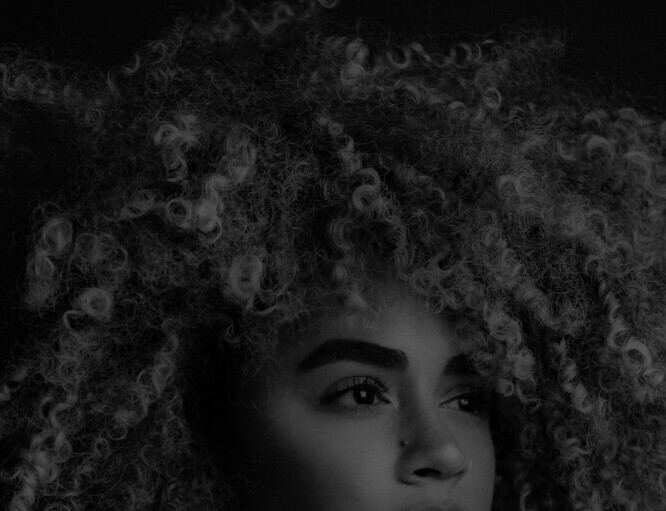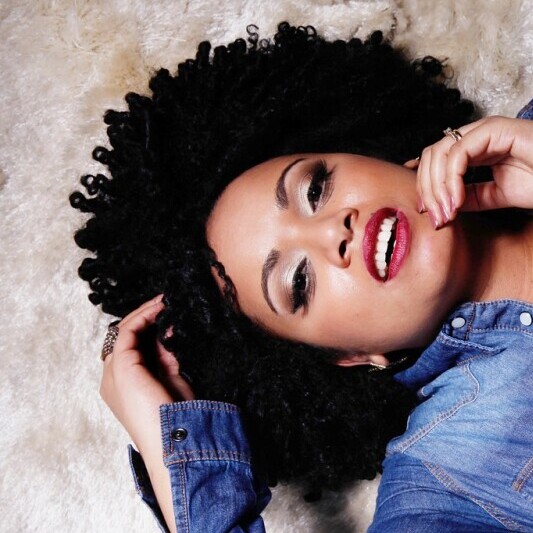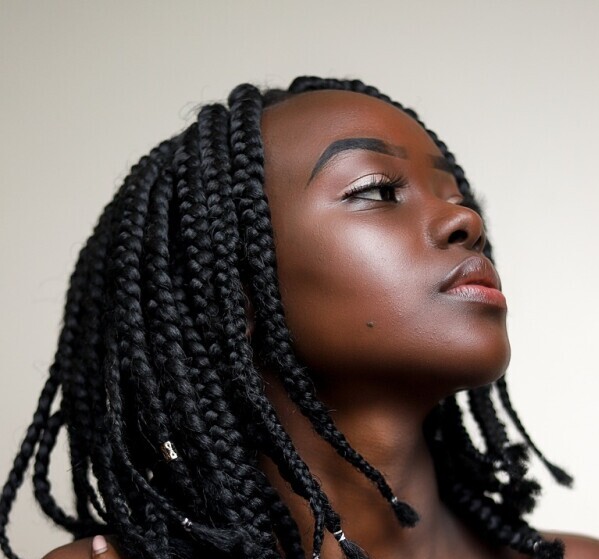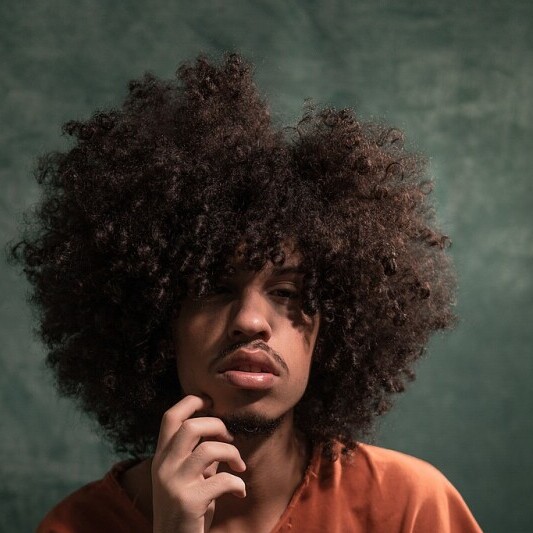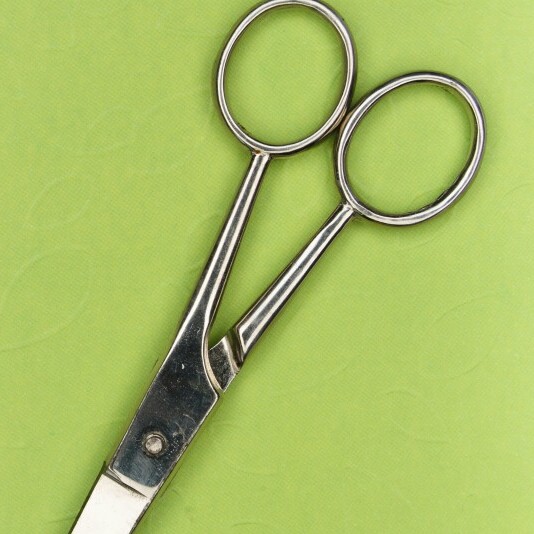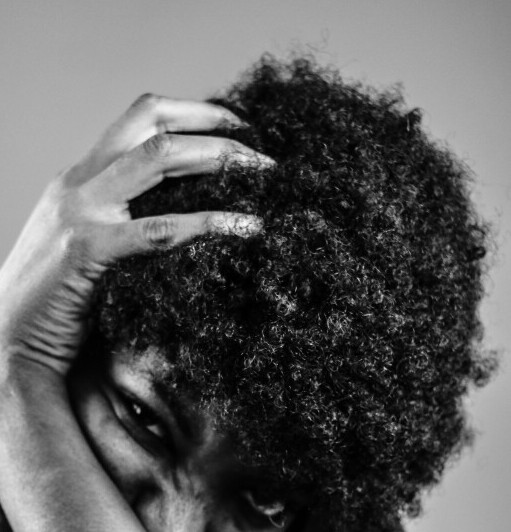Afro hair has always been more than just a hairstyle. It’s a profound symbol of cultural identity, history, and expression. Across generations, hairstyles have told stories, marking significant life events, and even making political statements. From braids to locks, each style carries weight and tradition.
Using bold colors in afro-textured hair isn’t just about standing out in a crowd; it’s a dynamic form of self-expression that ties back to the roots of individuality. Bright colors like vibrant reds or platinum blondes can signify a rebellious spirit or a joyful embrace of one’s heritage. Whether you’re going for a radiant red or a striking blonde, these daring colors are a celebration of freedom and self-confidence.
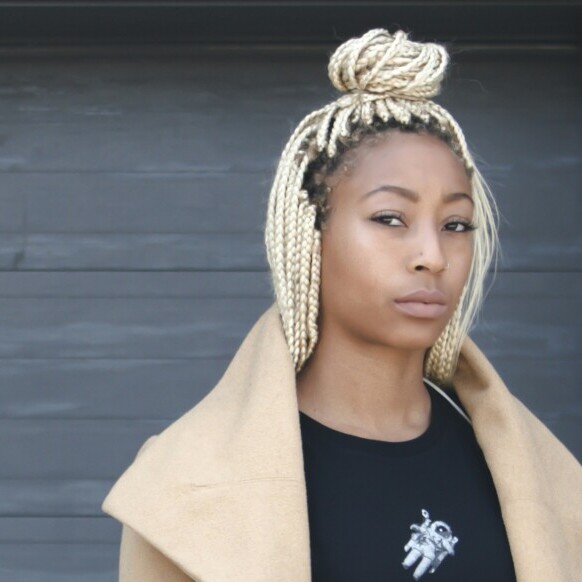
Expressing uniqueness through hair color can profoundly impact how you perceive yourself and how others perceive you. It’s about making choices that reflect who you are inside and radiate that outwards. Many individuals see their hair as a canvas, choosing hues that tell the world a silent yet visible story. Whether you’re mixing colors or choosing a solid, bold shade, the process is uniquely personal.
One of the most exciting parts of embracing vibrant colors is their ability to amplify identity. Afro hair, naturally rich with personality, becomes an even more powerful statement when paired with bold colors. No matter the chosen hue, the reflection in the mirror is testament to an individual’s journey, experiences, and the beautiful complexity that comes with it.
Red Hair: A Bold Statement in Afro Styles
Red hair in afro styles is like a firecracker—bold, exciting, and undeniably eye-catching. Shades of red range from deep burgundies to vibrant cherry tones, offering a spectrum that complements a variety of skin tones. Understanding which shade enhances your natural beauty is key. A warm red can illuminate a cool-toned complexion, while cooler reds add depth and drama to warmer skin tones.
Maintaining red hair can be a bit demanding, but it’s totally worth the effort. The key is to keep that punchy color vibrant without damaging the texture. Regular touch-ups are often necessary due to afro hair’s natural tendency to grow quickly and fade. Deep conditioning treatments play a crucial role in minimizing damage, sealing in the color, and keeping the hair soft and manageable.
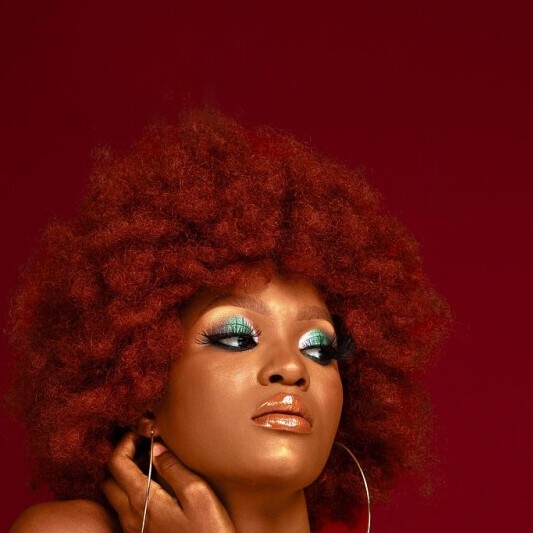
Fashion icons and celebrities regularly showcase red afros, each adding a unique twist to how we view this fiery hue. Think of Rihanna’s expressive use of red shades—she’s taught us all that boldness pays off. Easily replicate a fabulous celebrity look by consulting a good stylist who knows their dyes inside out.
Incorporating red into your hairstyle is more than just a color choice; it’s about making a statement. Whether that statement is about individuality, energy, or simply the joy of experimenting with style, red hair is bold, unapologetic, and oh-so stunning. Be prepared for a hairstyle that not only turns heads but also speaks volumes without saying a word.
Blonde Hues for the Bold: Breaking Stereotypes
Blonde hair on afro-textured tresses challenges conventions and embraces diversity. Choosing the right blonde shade can be transformative, reflecting light and aura with every step. From golden tones to ash blondes, the spectrum offers opportunities to match personality and skin tone flawlessly.
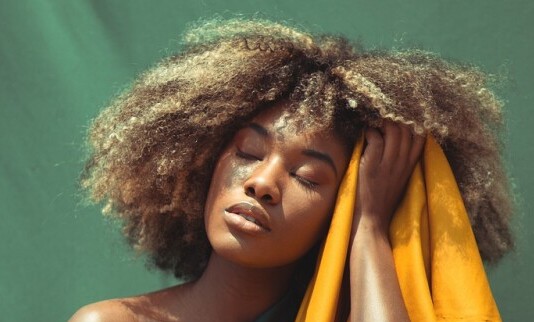
There’s a persistent myth that bold blonde hues don’t suit darker skin tones, but the reality is quite the contrary. The beauty of kinky curls paired with bright blonde shades creates a stunning contrast, showcasing the depth and warmth of ebony skin. With the right shade, blonde can be just as fierce and fabulous as any other color for afro-textured hair. After all, people in the Solomon Islands naturally have blonde hair.
A host of bold blonde trailblazers are shattering norms and redefining beauty standards. They demonstrate that confidence knows no color boundaries. Icons like Beyoncé have embraced blonde hues, turning them into signature looks that inspire countless others. Their styles are proof that embracing unconventional colors can lead to iconic transformations.
Navigating blonde transformations requires care to avoid brassy tones. Opt for color treatments specifically designed for afro hair to maintain vibrancy and minimize damage. Achieving that perfect blonde can be tricky, so seeking advice from a color professional who understands the nuances of afro-textured hair is always a smart move. In the next document I will be going through the different types of colors especially for afro hair.
Creating and Maintaining Your Dream Color
Choosing the perfect products for color-treated afro hair can feel overwhelming, but it doesn’t have to be a daunting task. For those vibrant reds and bold blondes to really shine, it’s crucial to invest in high-quality hair care products designed to lock in color and nourish each strand. Sulfate-free shampoos and deeply hydrating conditioners are essential players in keeping colors fresh and hair healthy.
There’s always the decision between going pro or doing it yourself when it comes to coloring. While DIY kits offer convenience, professional stylists bring expertise. They can tailor colors to fit your natural hair texture and tone beautifully, reducing the chances of damage or disappointment. Considering professional color services can often lead to more vibrant and longer-lasting results.
Once you’ve nailed that perfect hue, maintaining it is all about routine. Regularly moisturizing your hair with oils or leave-in conditioners will keep those curls bouncy and prevent dryness, which can lead to color fading. Don’t forget the weekly deep-conditioning treatments; they’re your best friend when it comes to maintaining vibrancy and health in color-treated afro hair.
Lastly, patience and protection are golden rules for colored hair. Limiting heat styling and using heat protectants can preserve both color and hair integrity. Embrace styles that require less manipulation and keep your hair covered in harsh weather. Remember, it’s all about finding what makes your hair—and you—shine the brightest.

